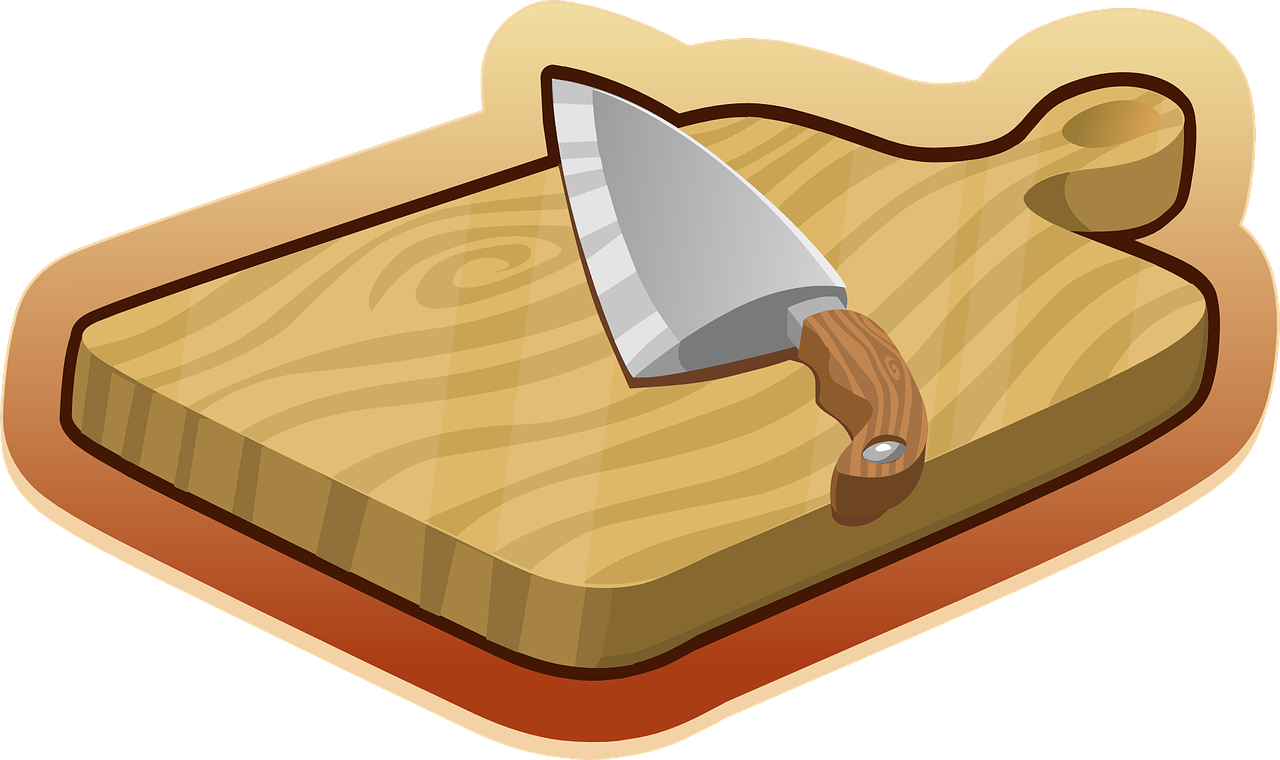Kitchen knives – What are the differences?
What are kitchen knives?
If you have ever pursued a hobby, you will know how necessary the right equipment is. Especially in the kitchen, using the correct knife when cooking is essential. However, buying a perfect kitchen knife is not particularly easy. Even some professional chefs take a while to find suitable blades for their needs. As a rule, these are different models, each with an other task. However, purchasing a good kitchen knife for general work is essential for domestic use.
However, even the kitchen knives sold in stores are not always suitable for cooking, at least not in terms of long-term use. Many quickly become blunt, no longer cut food properly, or do not have an ergonomic shape for fatigue-free work.
In the following, we want to summarize what is necessary when buying a good kitchen knife so that you can cook without any disadvantages.
Who is the target group for kitchen knives?
It should be clear by now that not only every professional chef benefits from a good kitchen knife. It therefore also makes sense to choose a good product for private use. In principle, a good knife will appeal to anyone who likes to cook and does not want to have any difficulty cutting food during preparation. After all, when it comes to cooking, the trials, in particular, can be very time-consuming and, therefore, make up most of the preparation of any dish. Age is not a decisive factor here, nor is gender.
What can you do with kitchen knives?
A good knife like the Matsato kitchen knife is an indispensable tool in any kitchen. You can’t do without it. After all, a sharp blade is simply essential for cutting up various foods. If regular scissors were used in comparison, the cutting result would not be as good as with a good kitchen knife.
In many cases, however, the kitchen knife is not only used for cooking in the kitchen at home. Consider using it in the garden when you need to cut various things. However, not all knives are suitable for this type of work. Many manufacturers restrict the use of the blades they offer exclusively to the kitchen, where they also achieve the desired results in the long term. Of course, the temptation to use the knife in the garden is excellent. Still, you should consider carefully whether you are compromising the quality of your new knife by using it in an area for which it is not intended.1
Technical facts about kitchen knives
A good kitchen knife always depends on the quality of the blade. Although most of them are made of steel, this material is not always durable, let alone rustproof.
Japanese knives made from Damascus steel or similar alloys are a type of knife that every professional chef recommends. The metal referred to here is folded several times, making it highly durable. In addition, Japanese knives have an extremely high sharpness that can hardly be compared with the edge of other blades. You should, therefore, look out for the following features in a good kitchen knife:
- The blade is made from a high-quality material such as Damascus or Japanese steel.
- The handle is ergonomically shaped and suitable for fatigue-free working
- The handle is also made of durable material, such as oak wood
- The knife has other properties that have a positive effect on cooking or handling
The last point, in particular, is an issue with various knives for the kitchen. Some models have an additional hole at the start of the blade near the handle. This enables better control during use, for example.
What quality features should you pay particular attention to?
As already described, the material used for the blade is essential if you want to buy a good kitchen knife. We will, therefore, explain below what strictly Japanese steel is and how it differs from other metals.
Japanese steel is characterized above all by the manufacturing process, which has been used in Japan for over a thousand years to produce durable blades. The main focus here was on swords. The materials used were mainly iron sand, charcoal, and various types of plants. A clay oven was used for processing, heated to a temperature of up to 1400 degrees Celsius. Several steps are required to produce a blade from Japanese steel. These include the steel’s hardening and the blade’s constant folding, which gives it its unique quality.
General opinions on kitchen knives
Kitchen knives made from high-quality Japanese steel are just as popular with professional chefs as with private individuals. Not only do they all appreciate the excellent sharpness when preparing food, but they also use the knife daily to cut and process food. It has, therefore, become an indispensable item for them in the kitchen.
Possible advantages and disadvantages of kitchen knives
Each gadget has various advantages and disadvantages that you should know in advance. We have, therefore, summarized these for kitchen knives so that you know exactly what you need to know.
Advantages:
- Ergonomic shape for fatigue-free working
- High-quality materials for extended durability
- Excellent sharpness for problem-free processing
Disadvantages:
- Many models cannot be used for processing bone
FAQ about kitchen knives
In this last section, we want to summarize the frequently asked questions for you to get even more information about the knives. This way, you can be sure you are buying the right product.
Q: Many of the knives on offer are relatively small. How well can these be used in the kitchen for cooking?
A: The size of the knife is not decisive for its cooking capabilities. Smaller knives can also be used excellently for cutting meat, as long as you adapt how you work. Every chef learns this procedure, but you, as a private individual, will have no problems with it.

